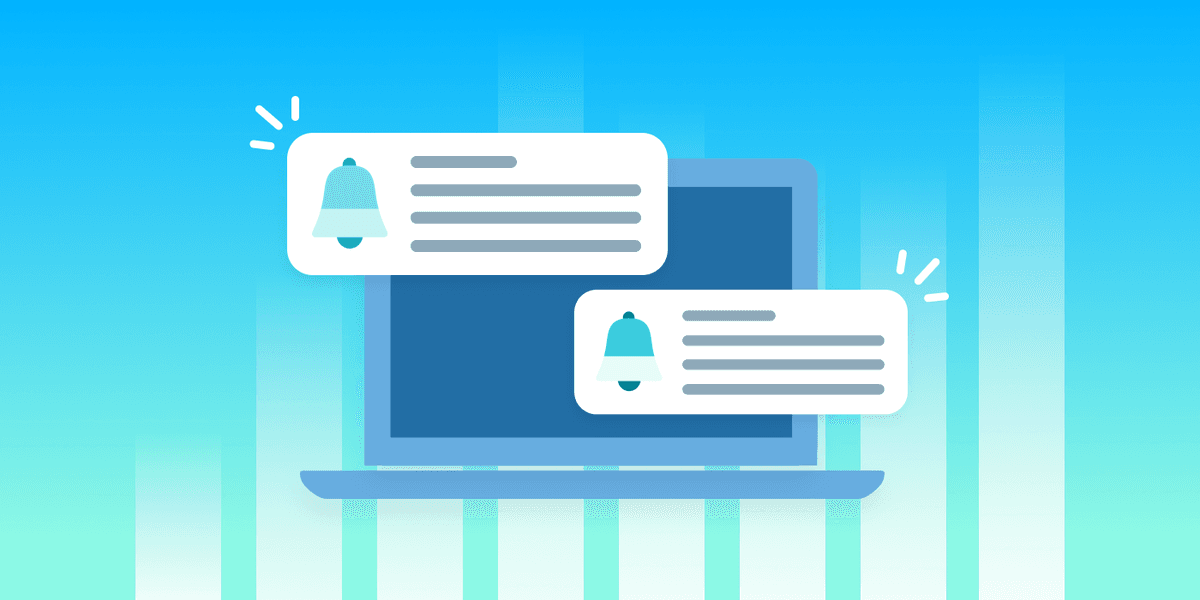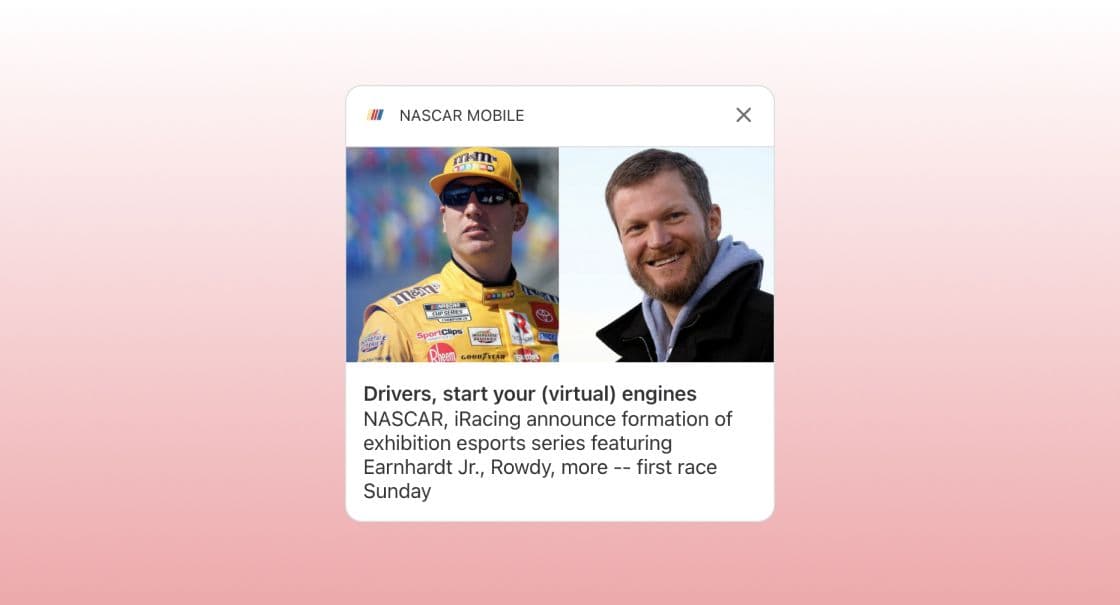How Web Push Can Drive Stronger Online Engagement
Published on December 16, 2020/Last edited on December 16, 2020/4 min read


Adam Swiderski
WriterWhen it comes to consumer technology, it seems as if there’s a new digital platform emerging almost every other day. Those who’ve grown tired of their smartphones can move on to tablets, those who’ve grown tired of tablets can boot up connected watches, and those for whom even networked watches have become passé need only wait until we’re all being served app updates along with our bagels by the latest in toaster oven technology.
Still, even with all these new avenues, the once-revolutionary-now-commonplace web browser cannot and should not be ignored. No matter how many custom apps are out there, browsers—whether desktop or mobile—remain a primary avenue through which consumers access the Internet. It follows, then, that even in a world featuring versatile channels like SMS or in-app messaging (IAM), reaching people through web browsers must be a key part of any cross-channel messaging strategy. Fortunately, this isn’t just about checking a box on a promotional to-do list, as smart use of web push can make a meaningful impact on consumer engagement.
Web Push Reaches Out and Touches Someone
Like other forms of push notifications, web push is messaging that can be sent to consumers when they are not actively engaged with your online presence. The difference is that it’s specifically deployed to reach users who are already active in a web browser. Sure, this might make their reach slightly narrower than, say, mobile app push notifications that can be sent at any time, but the fact that users who receive them are already engaged in web-based activity means they’re more primed to interact than someone whose phone is buzzing in the middle of a family dinner.
Web push messaging’s strength lies in its ability to reach consumers anywhere they are on the web, making it great for delivering timely, urgent notifications. They’re also a handy way to pitch users who’ve gone missing from your web experience, bringing them back by dangling incentives like discounts or exclusives. Consumers must opt in to receive web push notifications, but that also means the risk of alienating them with unwelcome messaging is lower.
From Retail to Race Cars, Web Push Delivers
While web push, like all push notifications, is usually restricted to shorter, punchier formatting, that doesn’t mean it’s not versatile, especially with the incorporation of rich content and imagery. Let’s take a look at a couple of use cases that demonstrate the different ways web push can be put to use.
Leading clothing retailer Anthropologie was looking for a way to communicate with shoppers using their website that extended the brand’s identity. By making use of creative imagery and graphics, they were able to serve up web push messaging that highlighted new products and promotions consistent with their eclectic style. Plus, since those opting in to web push were already loyal customers, the brand knew it was reaching those who’d be most receptive to their message. As a result, they netted click-through rates 22% above the industry average, and conversion rates 17.5% higher than the average, all while building an audience of over 800k web push notification-enabled subscribers.

For NASCAR, meanwhile, web push was more about keeping users abreast of the latest breaking news, race results, and other developments, wherever they might be on the web at any given time. Plus, they made use of web push to drive cross-channel engagement, encouraging web users to download the racing organization’s app. The results? A web push notification open rate for content campaigns that took the checkered flag at 13.5%, while open rates for app download campaigns also finished strong at 9.6%.

Final Thoughts
Whether your goal is to deepen the relationship with users already engaged in your web presence, or talk to them wherever they may be across the internet, web push’s versatility and reach can be put to work for you. To find out how, check out the Braze Web Messaging Guide and discover all the ways web messaging can be incorporated into a truly cross-channel marketing strategy.
Related Tags
Be Absolutely Engaging.™
Sign up for regular updates from Braze.
Related Content
View the Blog
The new inbox reality: How iOS changes are reshaping email marketing

Aparna Prasad

Experience optimization: Turning data insights into better journeys

Team Braze

December 2025 Bonfire Marketer of the Month: Jagex’s Emma Oliver
